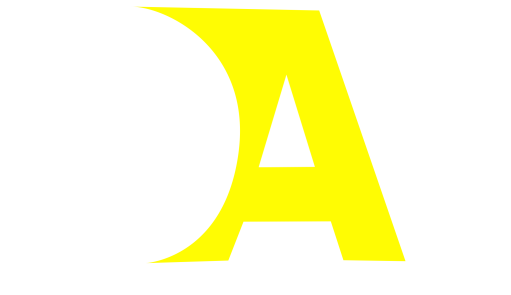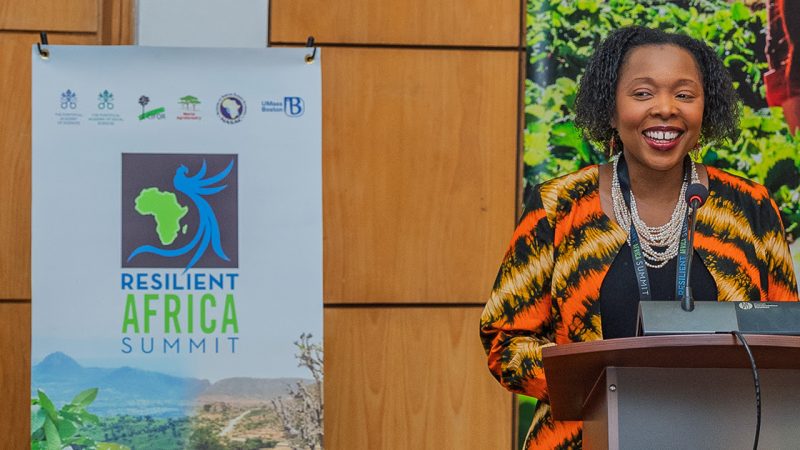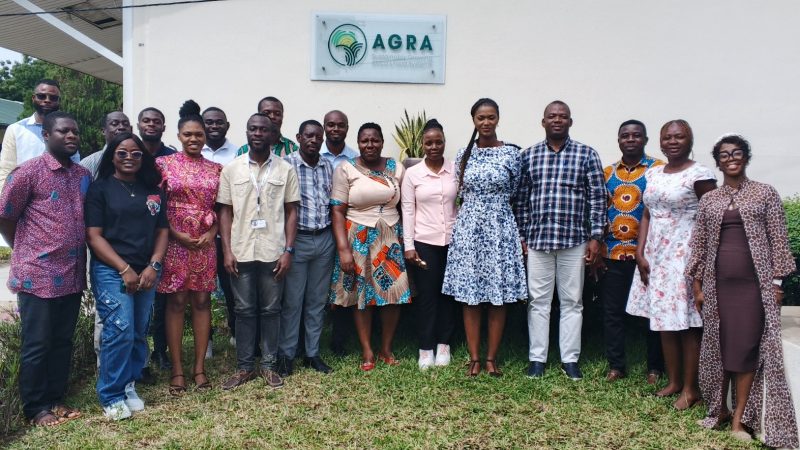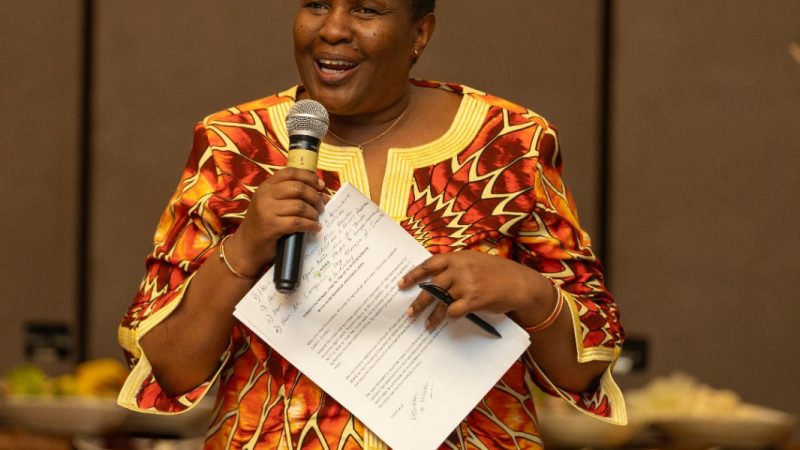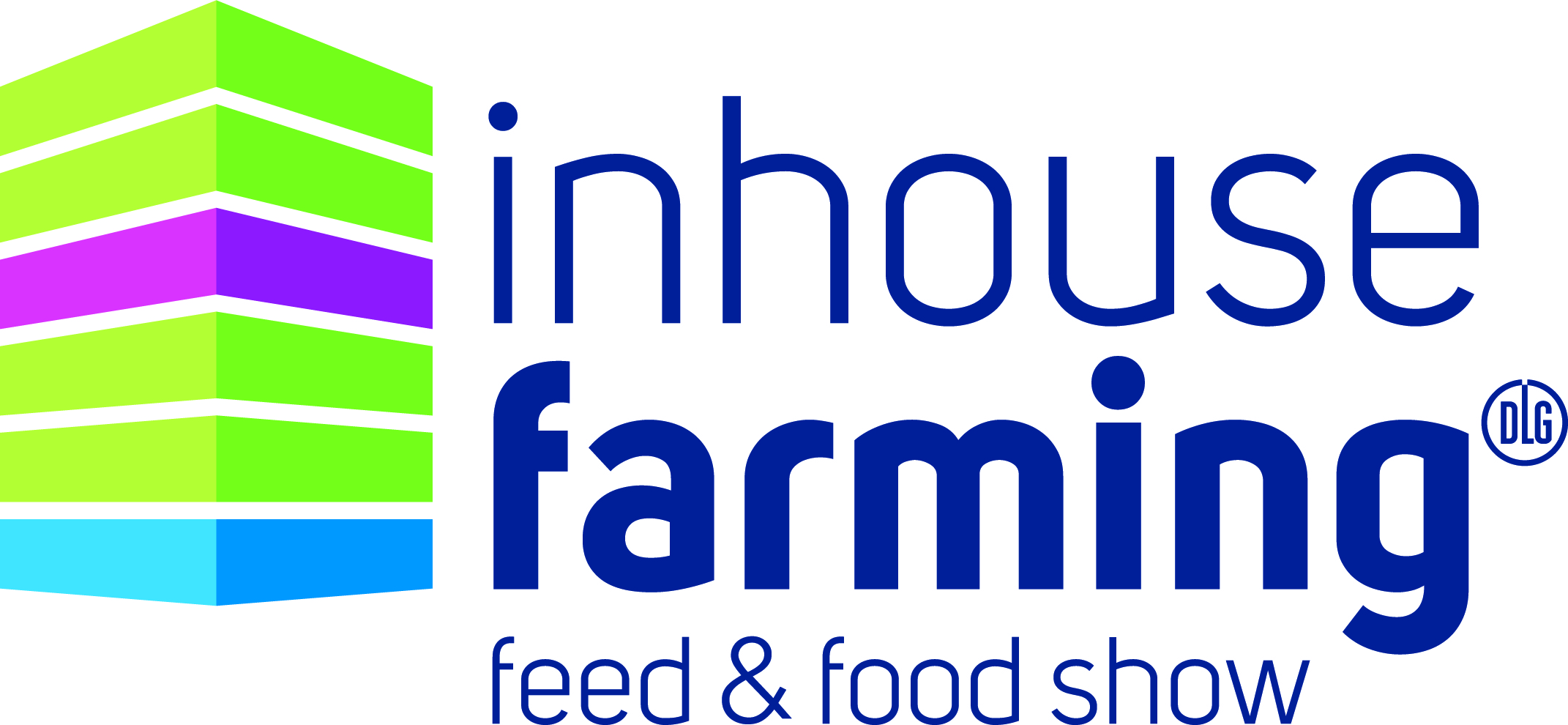
(DLG). The “Inhouse Farming – Feed & Food Show” has taken up the cause of further-ing the integration of agriculture in cities and metropolises. The B2B platform, which is being held for the first time and together with Agritechnica in Hanover from 12 to 18 November, will focus on cultivation systems, specific lighting strategies, circulation processes for nutrients, water and energy, as well as logistics and marketing concepts for the indoor cultivation of plants. At the premiere of the new DLG (German Agricul-tural Society) event, a large number of exhibitors will be addressing individual solu-tions for optimal lighting and climate control.
Vertical farming is a form of urban agriculture in which plants are cultivated indoors under controlled conditions. The multi-layered structures are often integrated into buildings or reused warehouses. The Austrian retailer Billa, which has been implementing the innovative concept for food production since August 2022, shows that it can be done differently.
Microgreens from a container
The plants are grown one on top of the other on several levels in a container on site and sold directly in the market with pressed soil cubes after harvesting. Up to 3,000 units of parsley, basil, coriander, oak leaf lettuce and lollo lettuce can be produced per month. This is made possible by 16-hour lighting with LED lamps, a climate control system that always ensures the optimum temperature and humidity in the container, and a dedicated water and nutrient sup-ply for the plants. The necessary know-how is provided by the Israeli agritech company Verti-cal Field. “We all need to think about how we’re going to feed a growing world population in the future. Developing new agricultural land at the expense of our ecosystem and climate can’t be the solution here, but vertical farming can be, especially in urban areas,” says Ronen Redel, VP Business Development of Vertical Field.
Comprehensive solutions
The cooperation allows Billa to grow fresh salads and other microgreens in densely populated urban areas on just a few square metres all year round and anti-cyclically. It’s a business model in which many experts see another important cornerstone in the food system of tomor-row, alongside precision farming. “In our latitudes, vertical farming primarily offers the ad-vantage of close proximity to the consumer,” confirms Marcus Vagt, Division Manager Ener-gy, Indoor Farming and New Foods at DLG Service GmbH. Compared to Japan, where around 200 indoor greenhouses are now in operation, Europe is lagging behind in this area. “At the Inhouse Farming – Feed & Food Show, we’ll therefore present comprehensive solu-tions and want to mediate between practice and research in order to demonstrate the potential of innovative technologies for agriculture,” says Vagt. Their advantages are obvious: This is because by growing crops on a small area in a multi-layer system, high yields of consistently high quality can be achieved all year round.
The right light for perfect growth
Completely weather-independent indoor cultivation, also called Controlled Environment Agri-culture, or CEA for short, requires agile, flexible production structures with comprehensive control options that are not required in the field. The key to this scenario is technological inno-vations that ensure that the plants receive the best possible care around the clock and are exposed to the exact temperatures they need until they are ready for harvesting. The neces-sary light is provided by artificial lighting. However, imitating sunlight is not an ideal solution in most cases and involves high energy costs. Instead, narrow-band illumination systems that emit light with wavelengths of 450 nanometres, 660 nanometres and 730 nanometres are becoming more prominent. The optimal ratio of red to blue light influences not only photosyn-thesis and the day-night rhythm of the plants, but also the ingredients and the taste. In toma-toes, for example, the lycopene content can be significantly increased with a high blue share.
Thermal management
The technology providers have a wide range of grow light LEDs in their portfolio, which pro-vide the typical pink glow with their high red or blue content. In combination with various sec-ondary optics, indoor farm operating companies can flexibly shape their board design. The light can be focused or diffused to vary the intensity and meet the requirements of the respec-tive plant. Thermal management with passive or active cooling elements helps maintain the performance of the LEDs for as long as possible.
Full control in all vegetation phases
Depending on the stage of the plant, a different light composition is ideal. This is a topic that researchers at the Fraunhofer Institute for Environmental, Safety and Energy Technology (UMSICHT) in Oberhausen, Germany are also working on. Their goal: Ensuring optimal plant growth with algorithms. In the LightSaver AI project, a demonstrator is currently being devel-oped in cooperation with the Osnabrück University of Applied Sciences for demand-oriented control of plant lighting. This measures chlorophyll fluorescence as a measure of the photo-synthesis rate and evaluates it using AI approaches. By analysing the current light require-ment, an LED module is adjusted so that the plant continuously receives the light it needs, depending on the growth phase and environmental parameters. A plant-centric approach, as pursued in the LightSaver AI project, is considered the cornerstone for the development of highly efficient indoor farms. The aim is to control the complex interaction of temperature, humidity, CO2 content, aeration and light spectrum precisely and in real time through feed-back from the plants.
In addition to lighting, optimally regulated temperature and humidity play a crucial role in build-ing-integrated agricultural production. During germination and cultivation, the plants need a high relative humidity of 70 to 80 percent to develop their roots. Water absorption can be ac-celerated in this phase with fans that ensure homogeneous air distribution at every level of the cultivation space. Once the roots have formed, the plants absorb less water through the leaves and the moisture requirement decreases. It is therefore indispensable in indoor farming to permanently monitor the humidity. Otherwise a drop in temperature overnight can lead to high humidity and condensation.
Innovative climate control systems
With the solutions presented at the “Inhouse Farming – Feed & Food Show”, all desired cli-mate conditions can be generated, checked and continuously optimised. Smart sensors, mo-bile dehumidifiers and stationary condensation dryers, like those that can be found at the trade fair grounds in Hanover, guarantee controlled humidity at every stage of growth. For long-term storage of all important parameters, data loggers are used that record the air tem-perature, relative humidity and dew point temperature. In combination with air treatment sys-tems that contain high-quality filters and UVC modules that clean the air of pollutants and mould spores, stable climate conditions result for the best possible development of the cul-tures.
Outlook
The outlook for the “Inhouse Farming – Feed & Food Show” shows: To be operated effective-ly and efficiently, closed cultivation requires a variety of technologies. These can be found from 12 to 18 November at the trade fair grounds in Hanover. The new DLG platform com-plements Agritechnica with its guiding theme of “Green Productivity” with sustainable solu-tions for the agricultural and food systems of the future.
